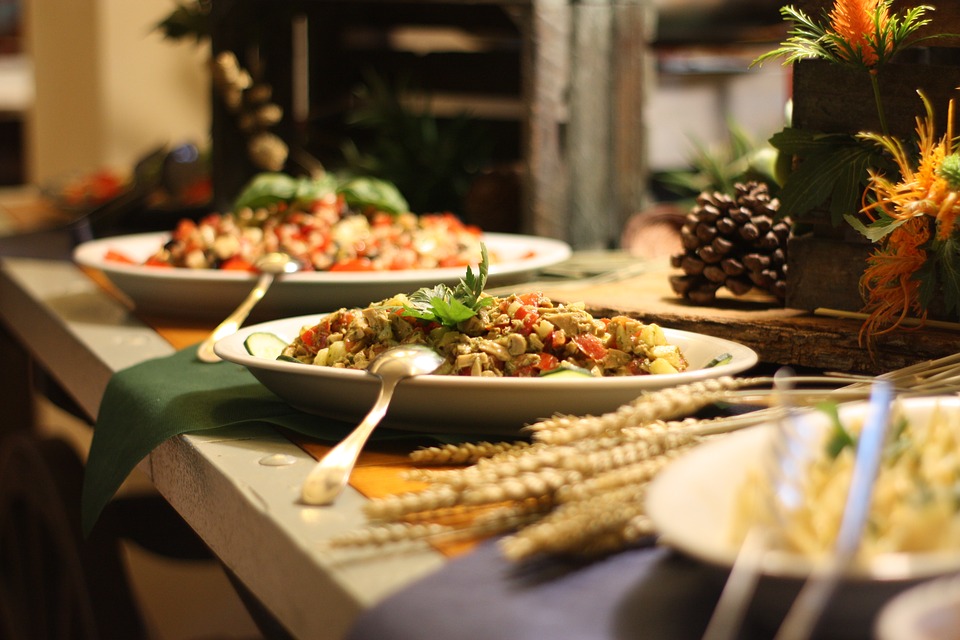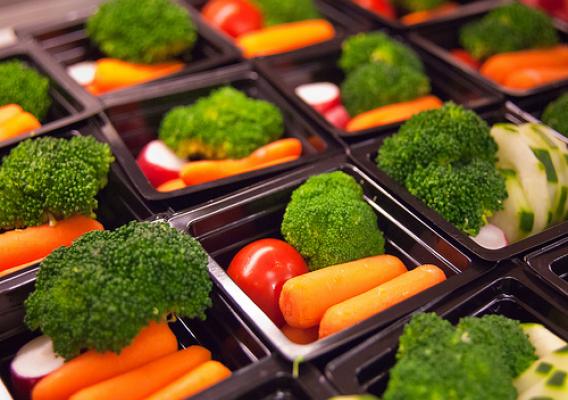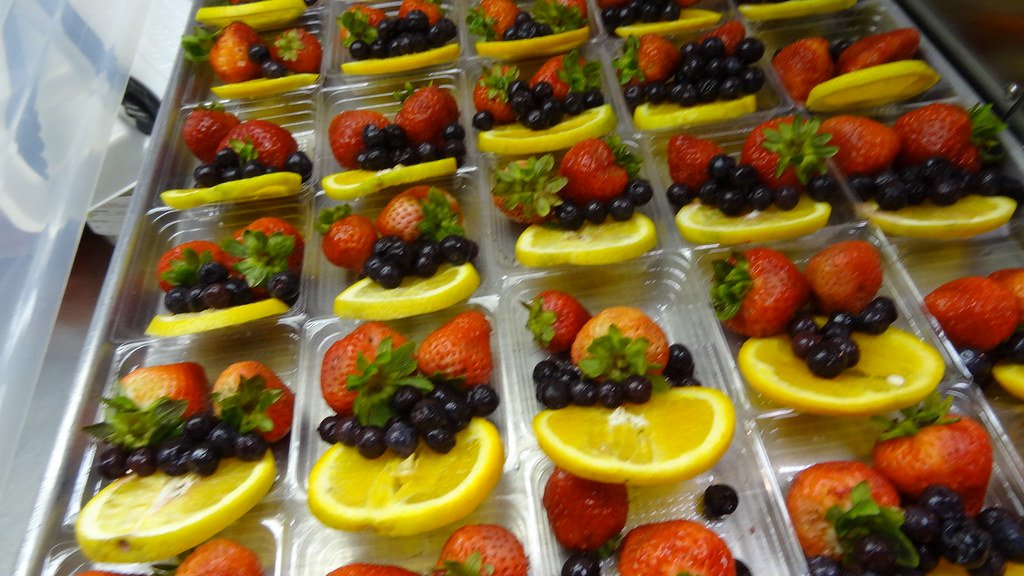Anti-Cellulite Foods: How It Works
A bad diet is a crucial factor in the development of cellulite. It is therefore advisable to correct unhealthy habits and to favour the consumption of anti-cellulite foods.
Above all, the diet should be balanced, rich in fruit and vegetables and low in sugars and fats. If necessary, a diet can be useful to lose unnecessary kilos.
Anti-Cellulite Foods: For Whom?

Do you need to diet? This is the first question to ask yourself.
Indeed, as has been pointed out several times, cellulite is not necessarily a weight problem. There are many slim people who have localized cellulite.
Identify Your Type of Cellulite
There are 3 types of cellulite:
– Adipose cellulite: due to excess fat in the cells;
– Aqueous cellulite: due to excess water in the cells;
– Fibrous cellulite: cellulite, usually adipose, that has been present for a long time.
Only adipose and fibrous cellulite require a slimming diet. In the case of aqueous cellulite where the problem is water retention, it is necessary to turn to a diuretic diet.
Good to know: a few corrections in your eating habits and a little more physical exercise can sometimes help to refine the silhouette without having to go on a diet.
Anti-Cellulite Adipose and Fibrous Foods: A Slimming Diet
A balanced diet limits the intake of fats, sugars and alcohol and will allow less fat to be stored.
There is no such thing as a miracle anti-cellulite diet. In order to reduce cellulite, it is advisable to combine a diet AND physical activity or another anti-cellulite solution.
You can complement your anti-cellulite treatment with the application of a cream, massage or anti-cellulite care.
However, a diet can help you lose a few pounds if you are overweight and thus help to reduce the size of the fat cells that give you that “orange peel” appearance.
Important: in all cases, it is preferable to follow the advice of a dietician or nutritionist to benefit from a medical follow-up before starting a diet.
Moisturize to Lose Weight
We must not forget the important role of hydration. You should drink about 1.5 litres of water a day – outside of meals – and up to 2.5 litres in the summer when it is very hot.
This facilitates elimination and toxins are evacuated more easily.
Watery Anti-Cellulite Food: Against Water Retention
As aqueous cellulite is a problem of water retention, it is necessary to rely on diuretic foods or plants (food supplements) that will facilitate the evacuation.
Diuretic Foods
Some foods are known for their diuretic, draining and toning effects. Here is a table presenting some of these foods:
| Fruits | Vegetables | Herbs |
|---|---|---|
| grapes; pineapple; fig; melon; lemon; all red fruits (cranberries in particular); citrus fruits; | celery; bell pepper; zucchini; eggplant; artichoke; asparagus; beetroot; carrot; Brussels sprouts; garlic. | fennel; dandelion; nettle; celery seed; parsley; juniper berries. |

At the same time, to fight against water retention, and thus aqueous cellulite, all elements with high salt (sodium) content should be avoided, for example:
- Aperitif chips and biscuits;
- industrial dishes;
- delicatessen meats;
- white bread;
- certain cheeses.
Diuretic Drinks
Contrary to what one might think, drinking water is indispensable in the fight against aqueous cellulite.
It is advisable to drink mineral water regularly and to prefer water low in sodium.
In addition, some teas and herbal teas are excellent for health and have the following virtues:
– diuretics;
– draining;
– detoxifying.
Drinking lemon juice, for example, is an excellent way to drain the body naturally. In addition, lemon is a source of vitamin C and restores the body’s acid-base balance.
We will also see that lemon can be applied locally (for example lemon essential oil mixed with vegetable oil and applied by massage allows cellulite to be gradually removed).
Finally, do not forget that it is preferable to remove coffee, alcohol and soft drinks.
Food Supplements: Effects on Cellulite
Dietary supplements should be chosen according to the action you want them to have, in this case, according to your type of cellulite.
For cellulite without water retention (adipose, fibrous, mixed cellulite), you should give preference to molecules that help burn fat. The best known are :
– caffeine;
– green tea;
– guarana;
– bromelain;
– grape seed extracts.
For cellulites with water retention (aqueous cellulite, mixed cellulite), it is necessary to choose supplements to facilitate drainage, such as :
– red vine;
– horse chestnut;
– ginkgo biloba;
– grape seed extracts;
– witch hazel;
– rockweed;
– Citroflavonoid ruscus.
Food Supplements: The Adaptation Phase

First of all, you should be aware that any cure presupposes an attack phase and a maintenance phase: at the beginning of the cure, you will have to take several doses per day, then after about a month, the quantities can be reduced.
Caution: in case of doubt, ask your doctor for advice. Dietary supplements may have contraindications and interactions are possible with medication.
Hope the above helps you out. Don’t forget to share your experience in the comment section below.




4 Responses
[…] Anti-Cellulite Foods: How It Works […]
[…] Anti-Cellulite Foods: How Does It Work. […]
[…] Anti-Cellulite Foods: How Does It Work; […]
[…] For example, you can choose between fenugreek, climbing ivy, and verbena officinalis to treat cellulite. […]